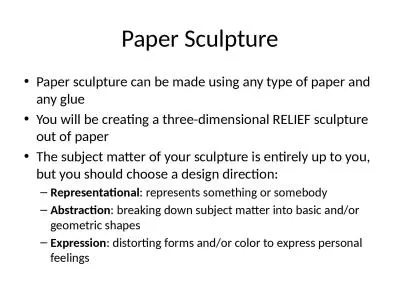PPT-Paper & Book Making
Author : tatiana-dople | Published Date : 2016-09-12
Papermaking Bring in leaves petals etc to press into your paper Bring in any objects you may want to add to your cover Binding Procedure 1 Bring in from home
Presentation Embed Code
Download Presentation
Download Presentation The PPT/PDF document "Paper & Book Making" is the property of its rightful owner. Permission is granted to download and print the materials on this website for personal, non-commercial use only, and to display it on your personal computer provided you do not modify the materials and that you retain all copyright notices contained in the materials. By downloading content from our website, you accept the terms of this agreement.
Paper & Book Making: Transcript
Download Rules Of Document
"Paper & Book Making"The content belongs to its owner. You may download and print it for personal use, without modification, and keep all copyright notices. By downloading, you agree to these terms.
Related Documents

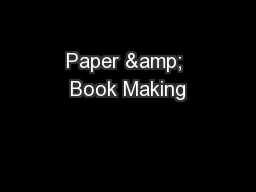
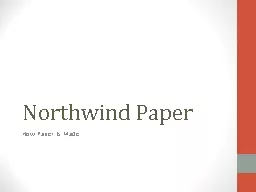
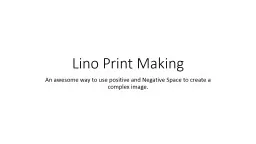
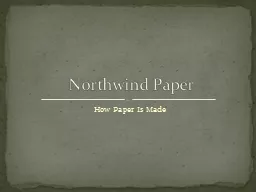
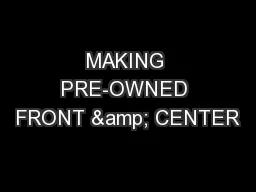
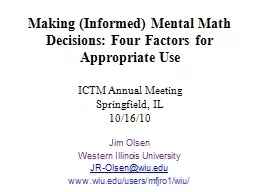
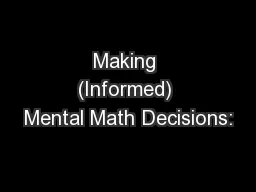
![[READ] - Making Thinking Visible: How to Promote Engagement, Understanding, and Independence](https://thumbs.docslides.com/901083/read-making-thinking-visible-how-to-promote-engagement-understanding-and-independence-for-all-learners.jpg)
![[READ] - The Power of Making Thinking Visible: Practices to Engage and Empower All Learners](https://thumbs.docslides.com/901153/read-the-power-of-making-thinking-visible-practices-to-engage-and-empower-all-learners.jpg)
![[DOWNLOAD] - Graph Paper Composition Notebook: Quad Ruled 5x5, Grid Paper for Math &](https://thumbs.docslides.com/902799/download-graph-paper-composition-notebook-quad-ruled-5x5-grid-paper-for-math-science-students-8-5-x-11.jpg)
![[DOWNLOAD] - Making Learning-Centered Teaching Work: Practical Strategies for Implementation](https://thumbs.docslides.com/905554/download-making-learning-centered-teaching-work-practical-strategies-for-implementation.jpg)
![[DOWNLOAD] - Woodwork Joints: Carpentry, Joinery, Cabinet-Making: The Woodworker Series](https://thumbs.docslides.com/907243/download-woodwork-joints-carpentry-joinery-cabinet-making-the-woodworker-series.jpg)
![[READ] - Complete Guide to College Application Essays: Essential Tips for Making Your](https://thumbs.docslides.com/907347/read-complete-guide-to-college-application-essays-essential-tips-for-making-your-writing-stand-out-college-admissions-guides-61c2f6b0a7826.jpg)
